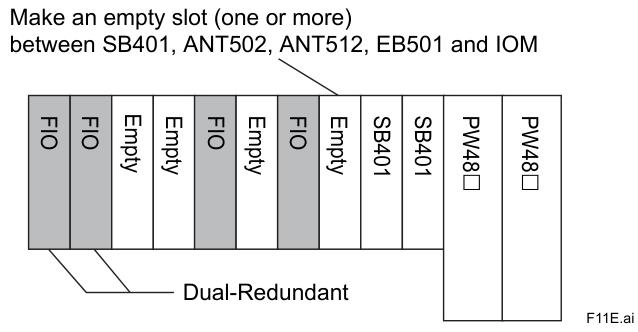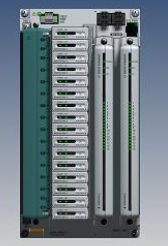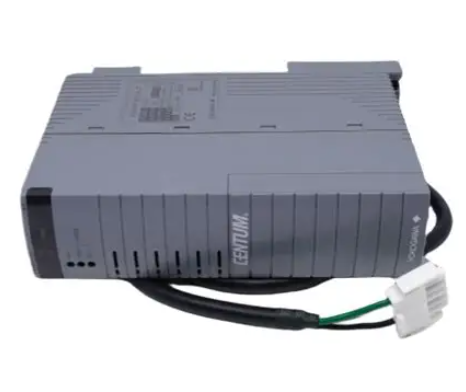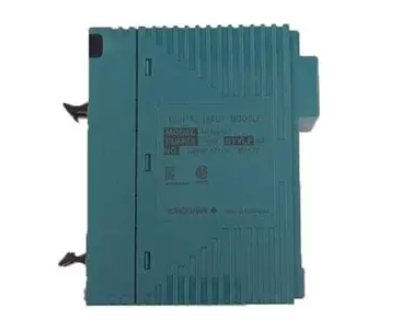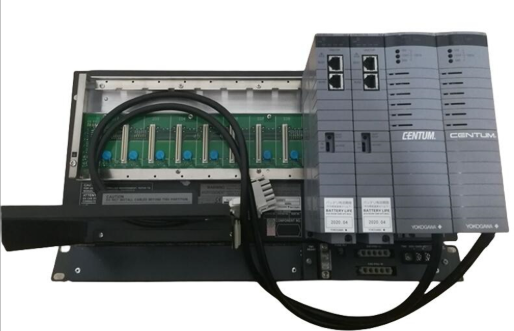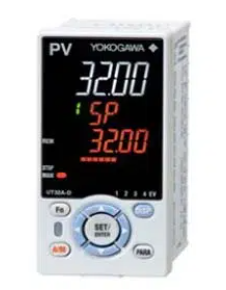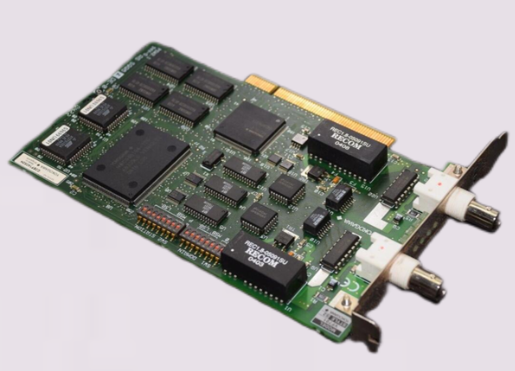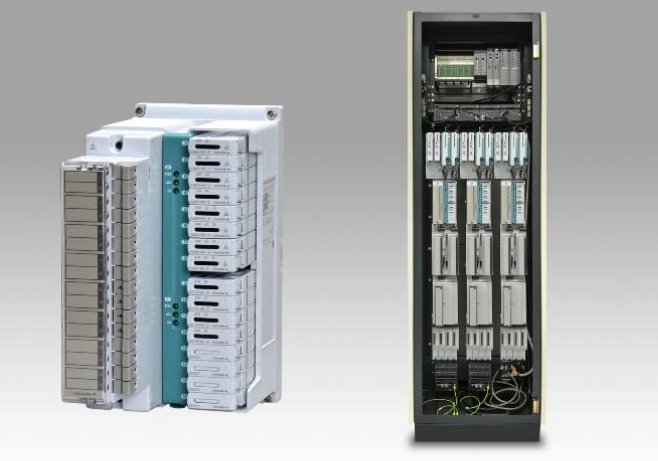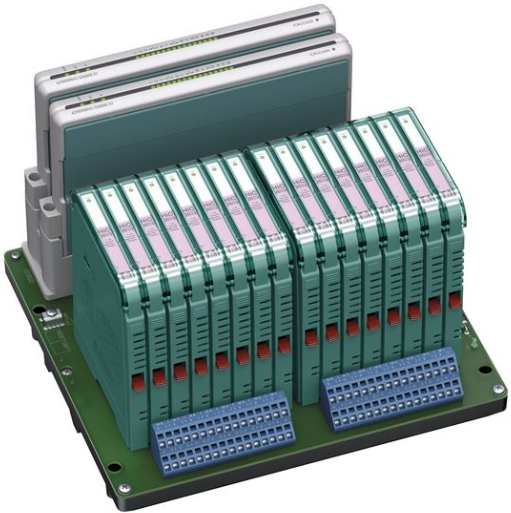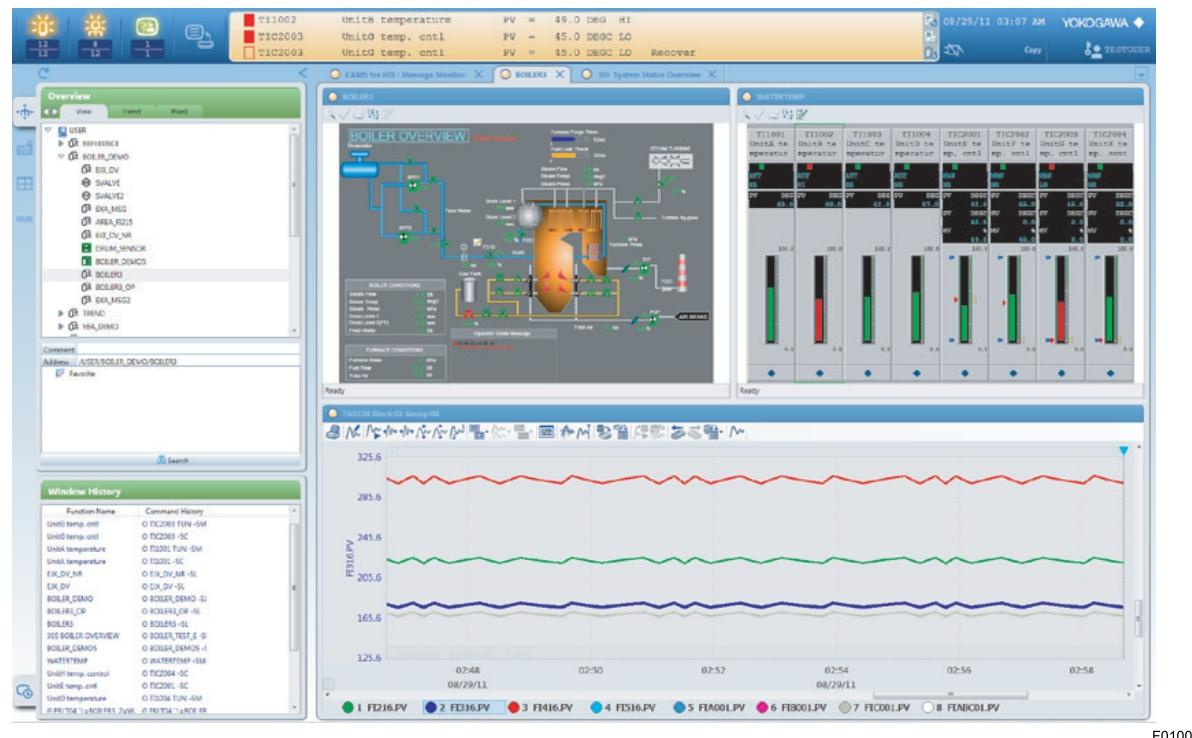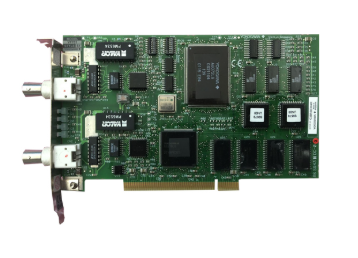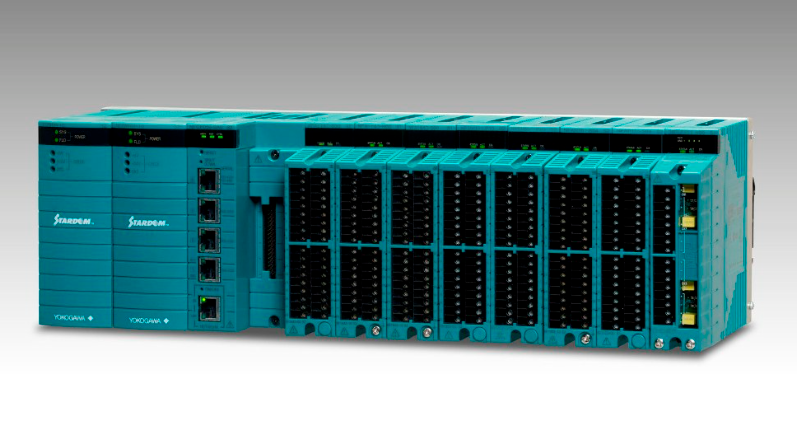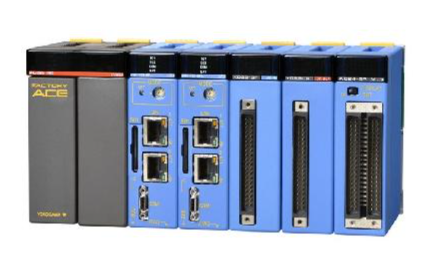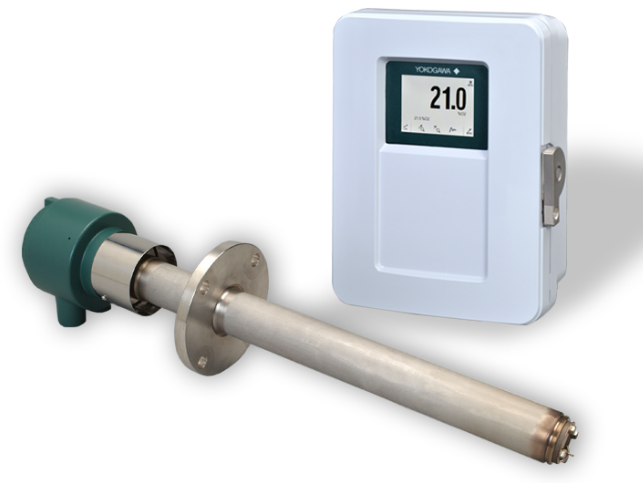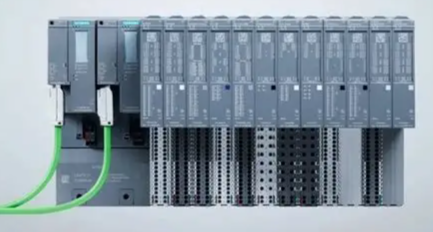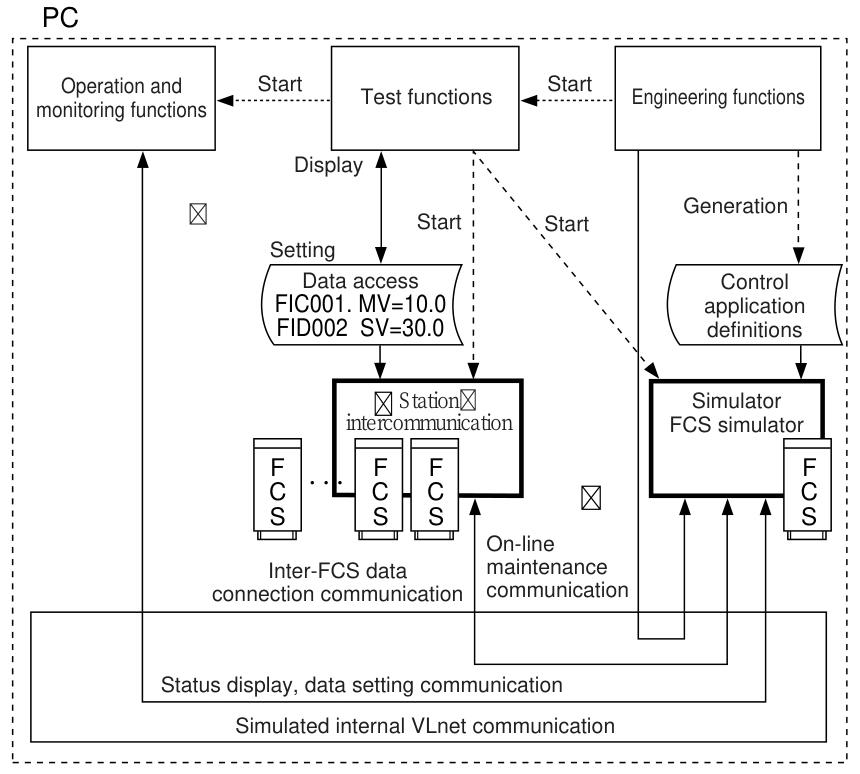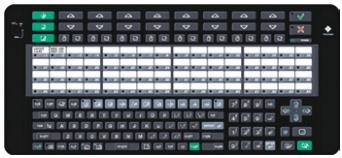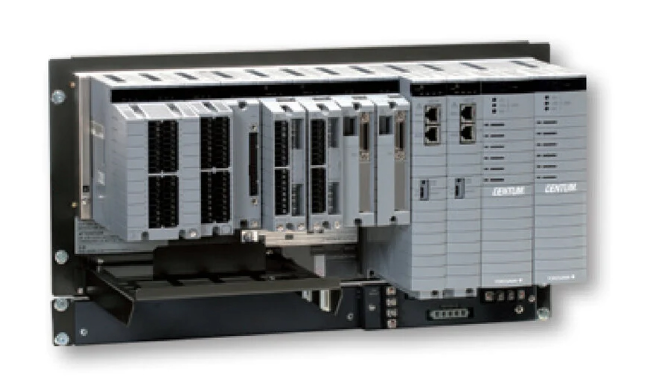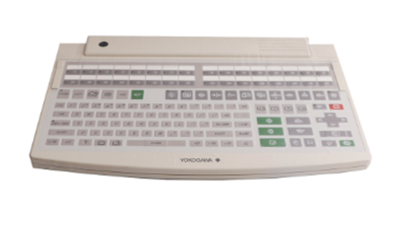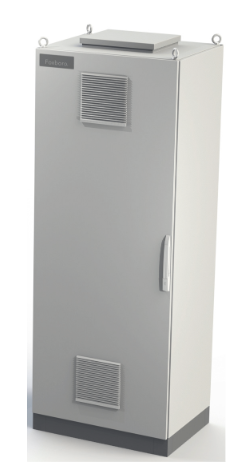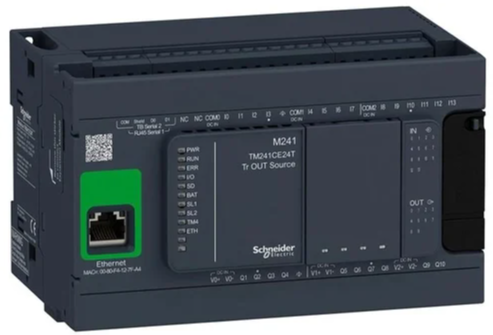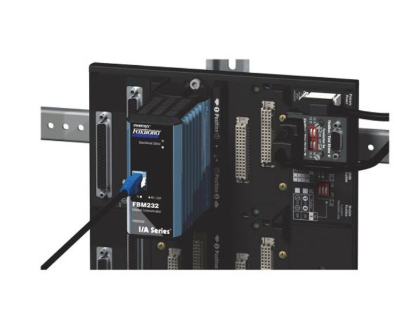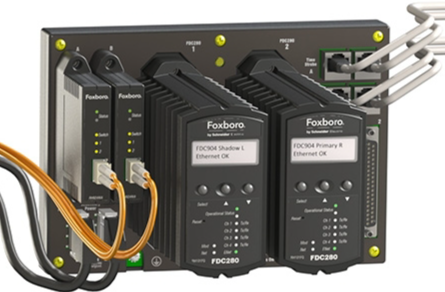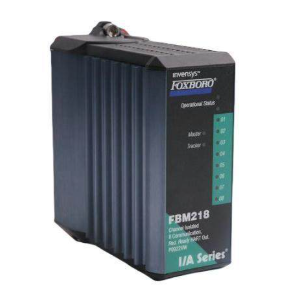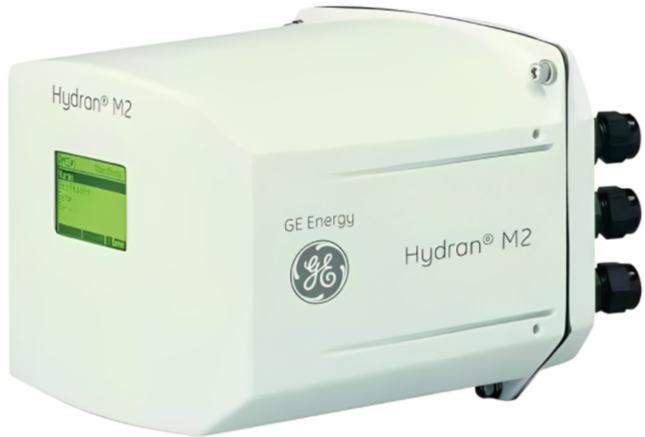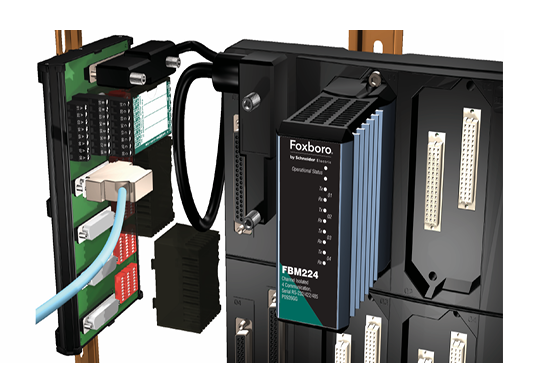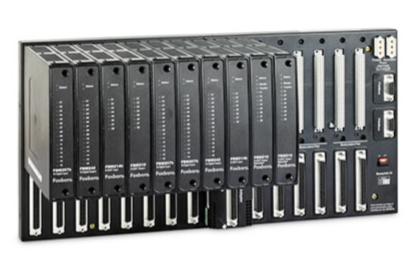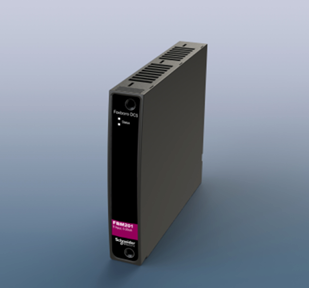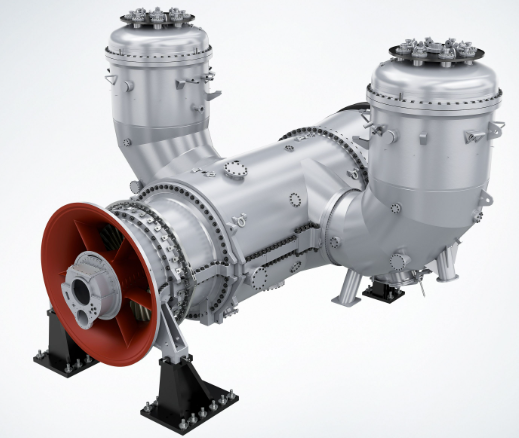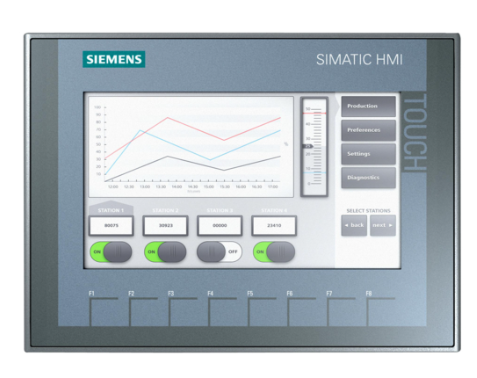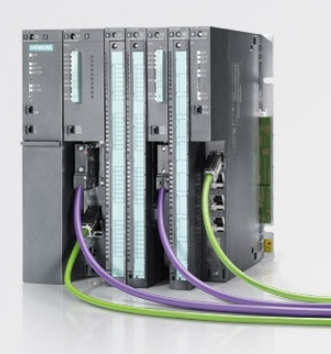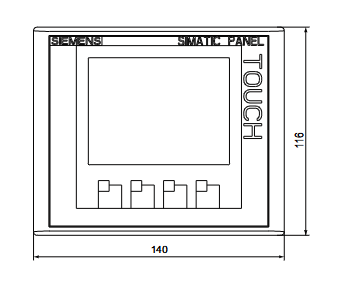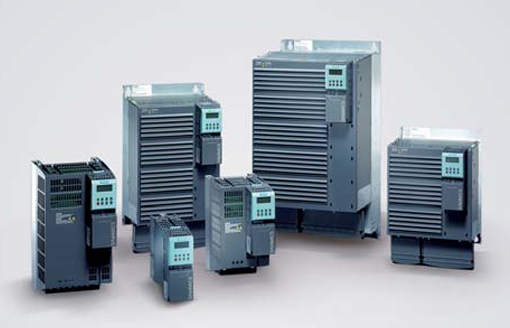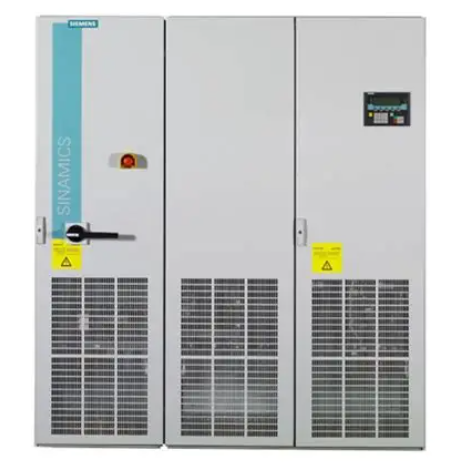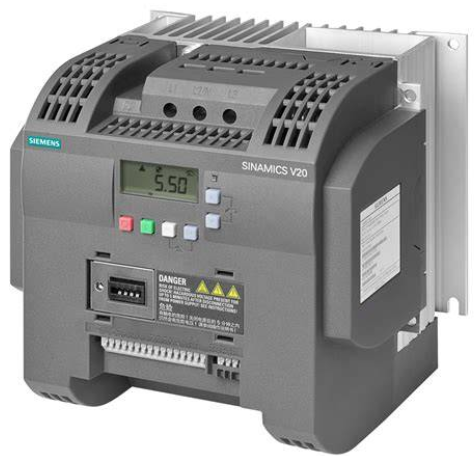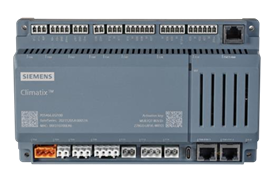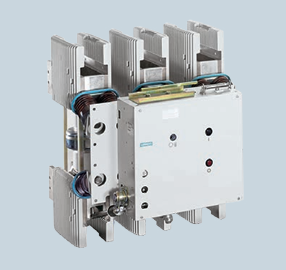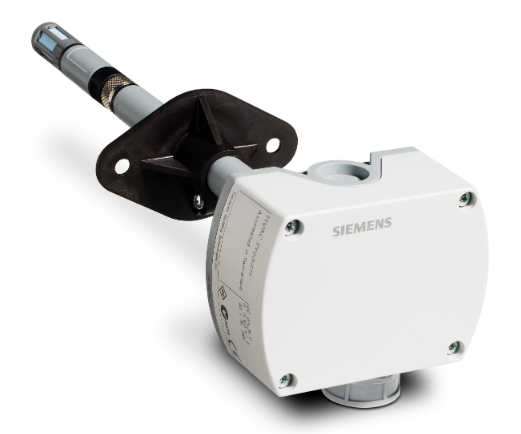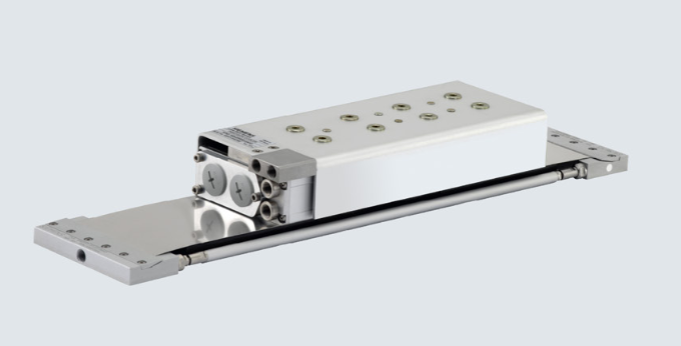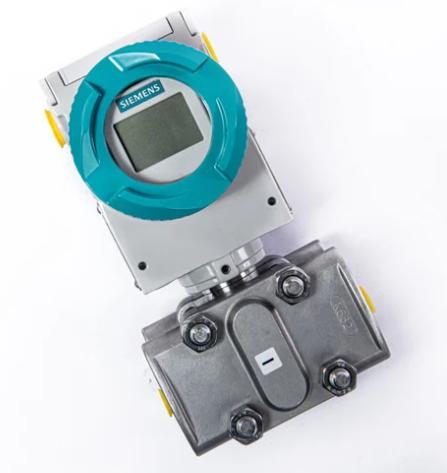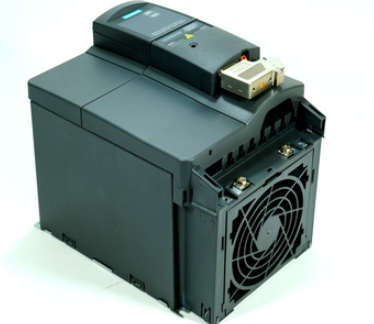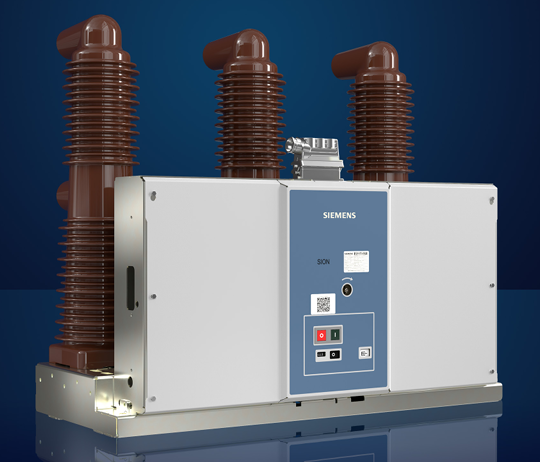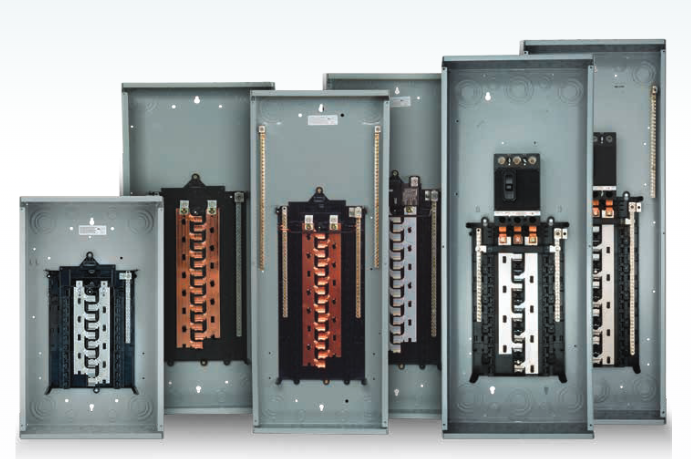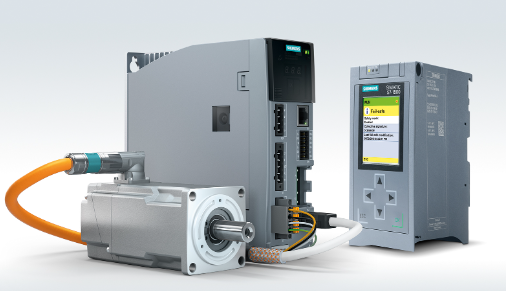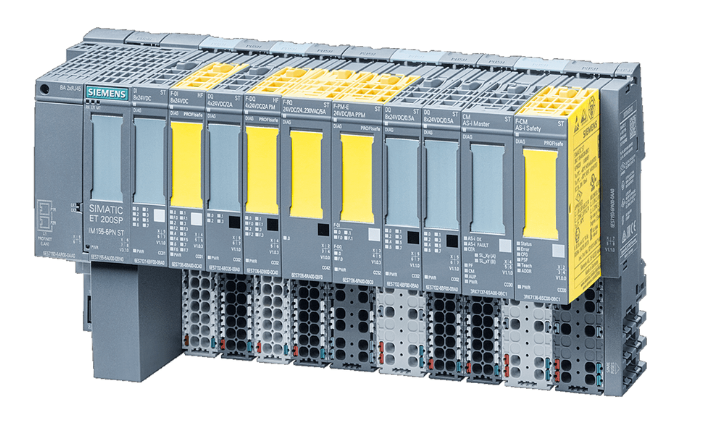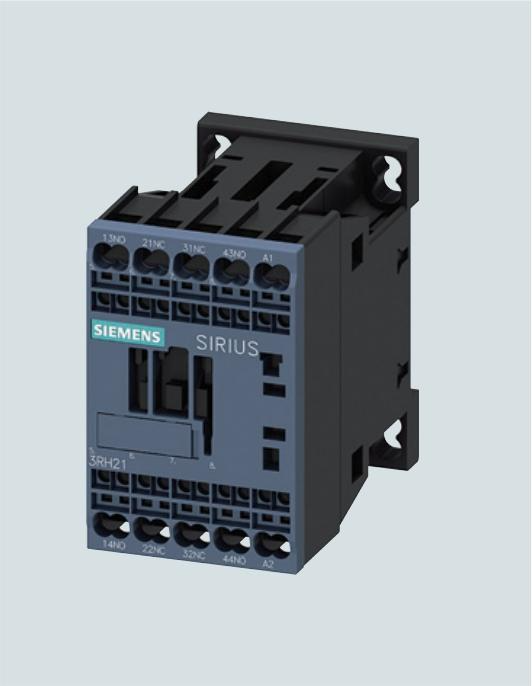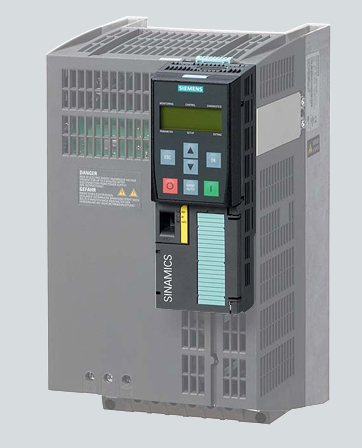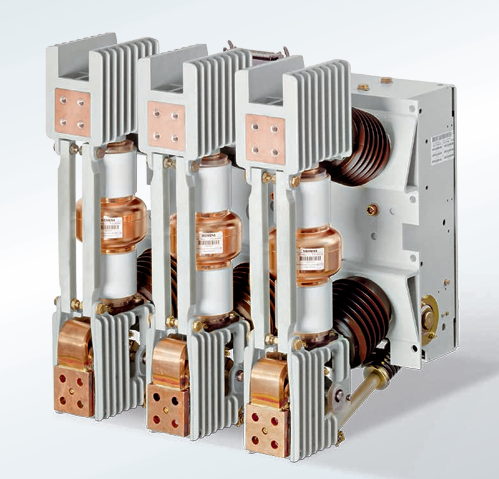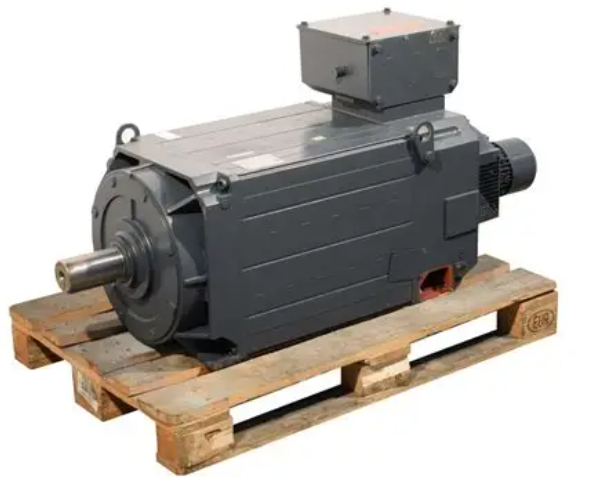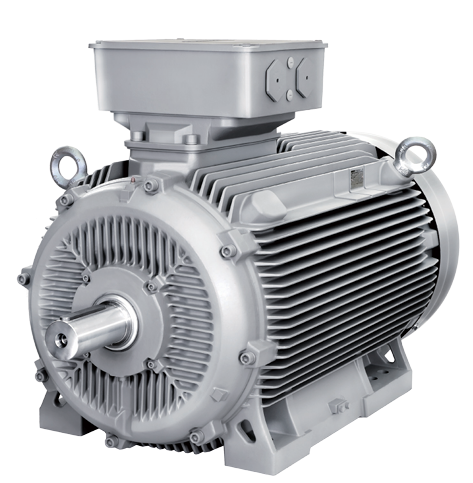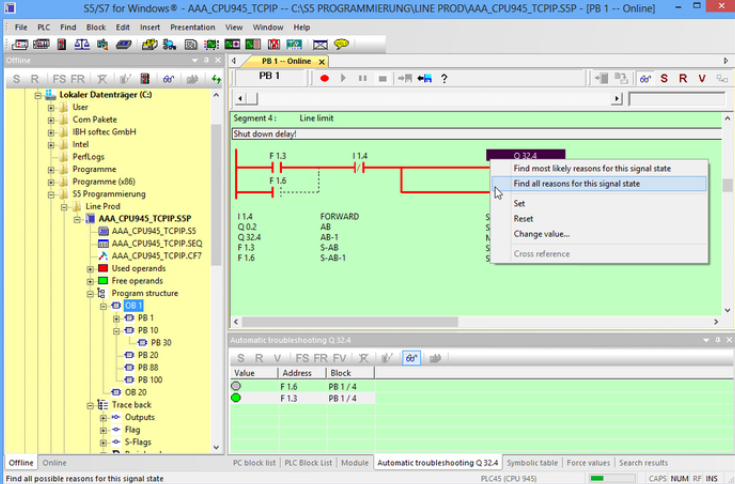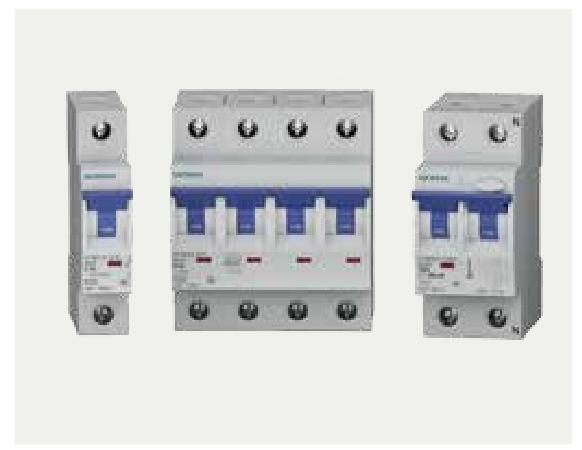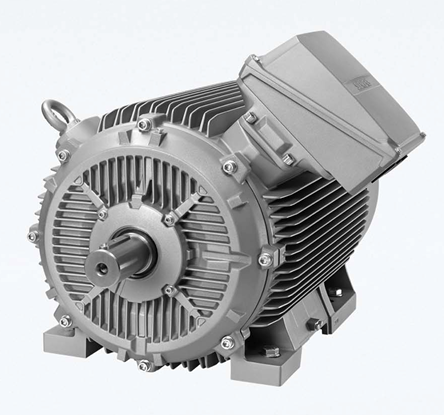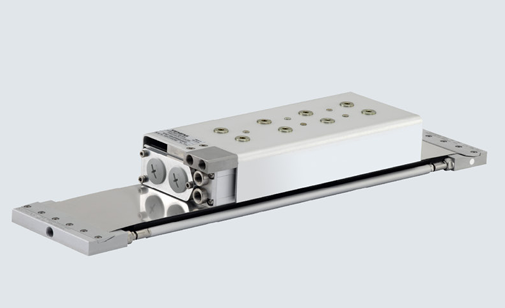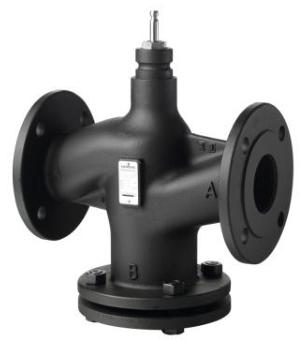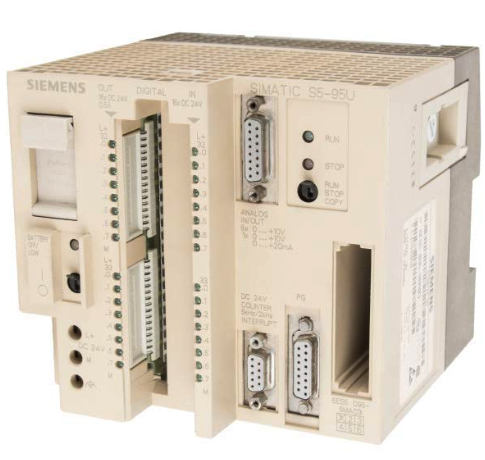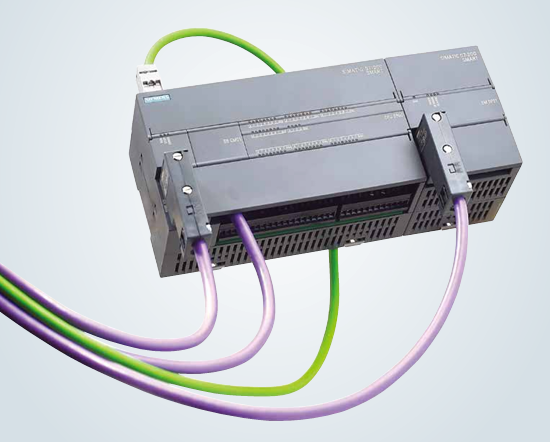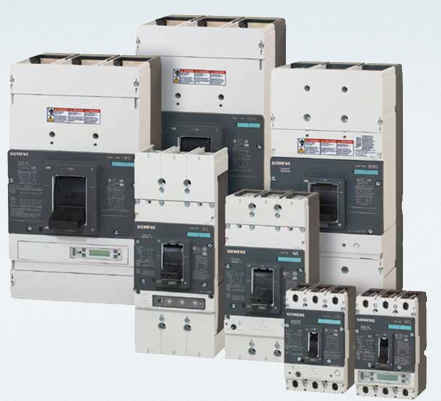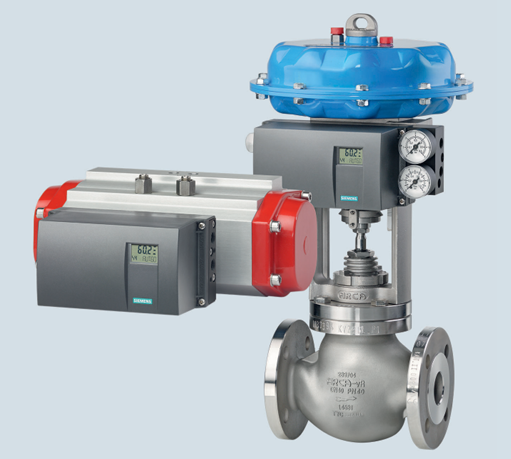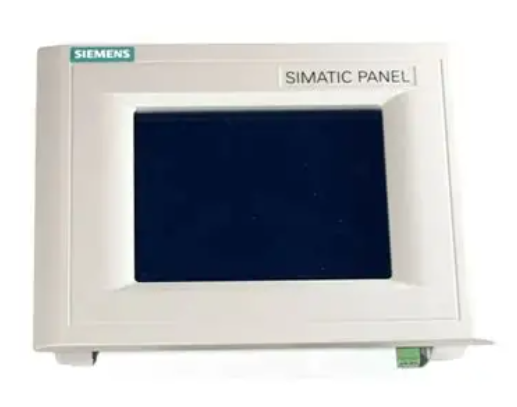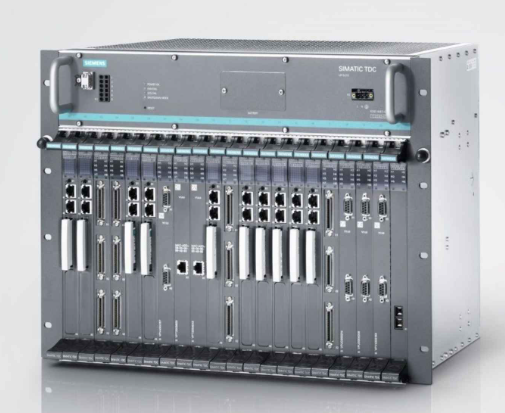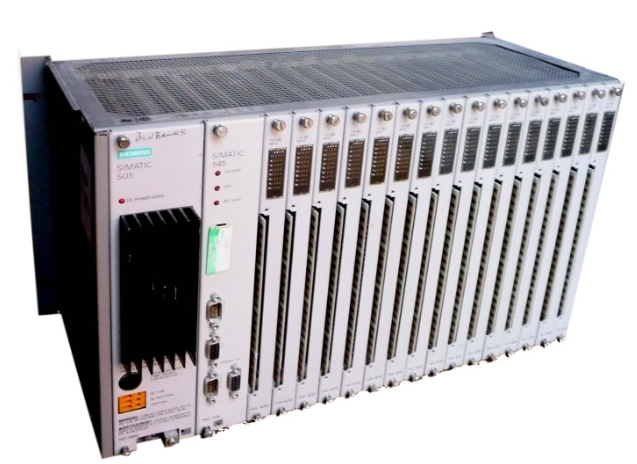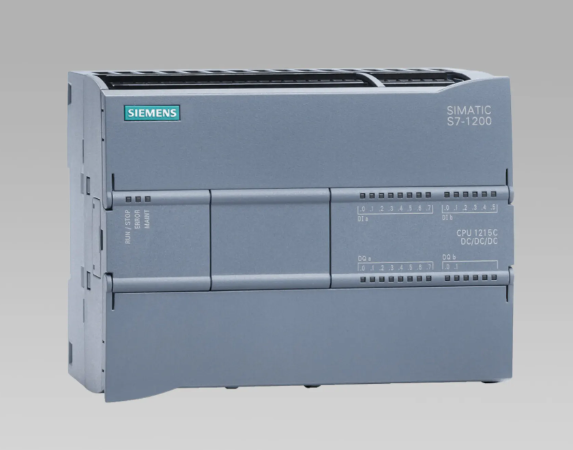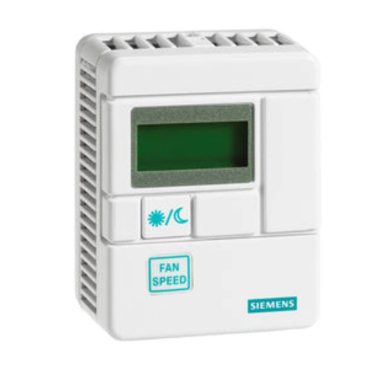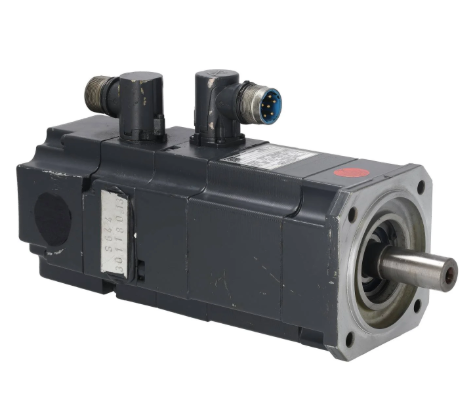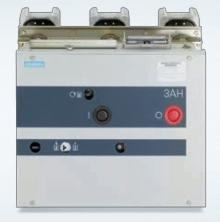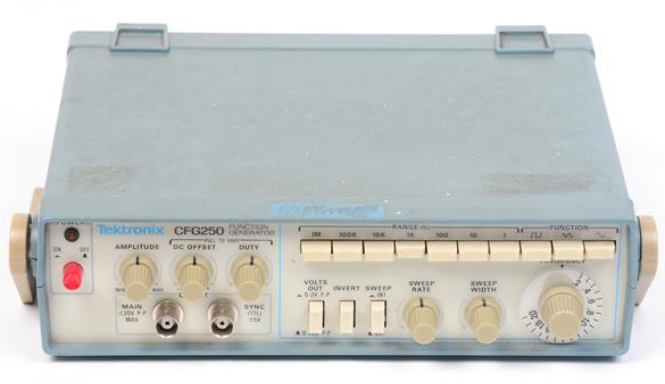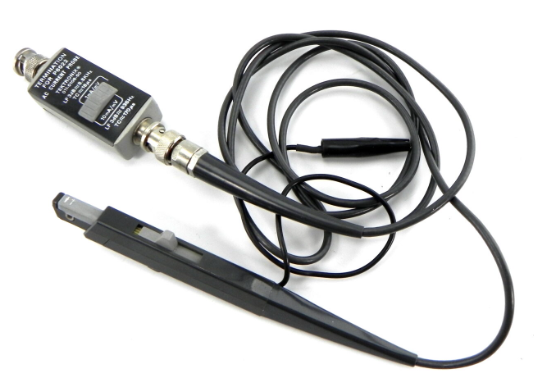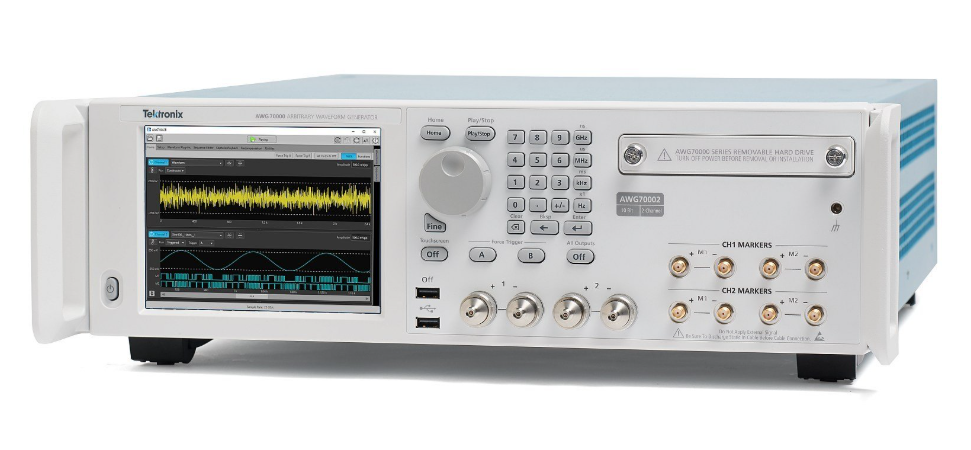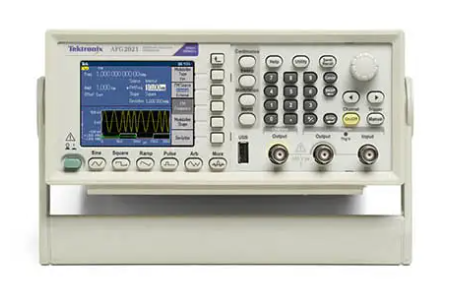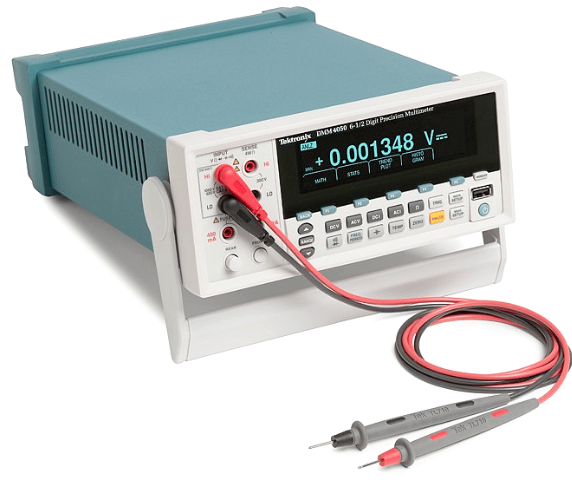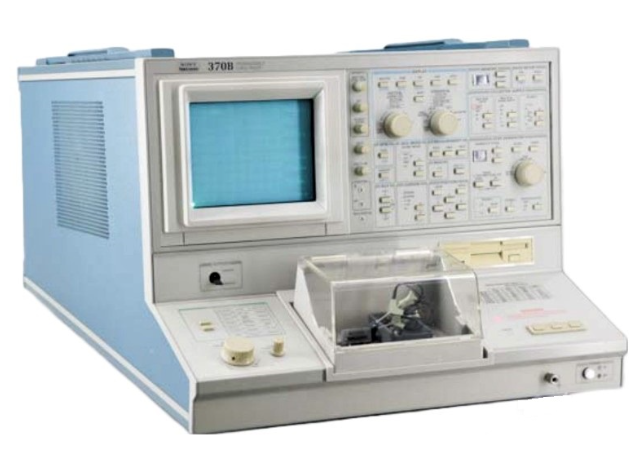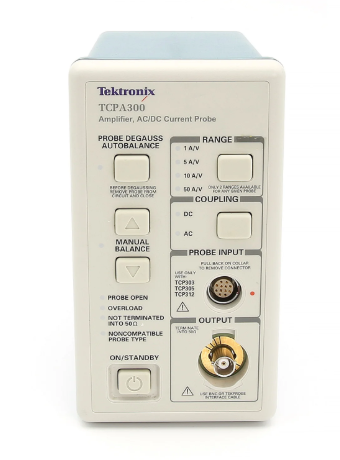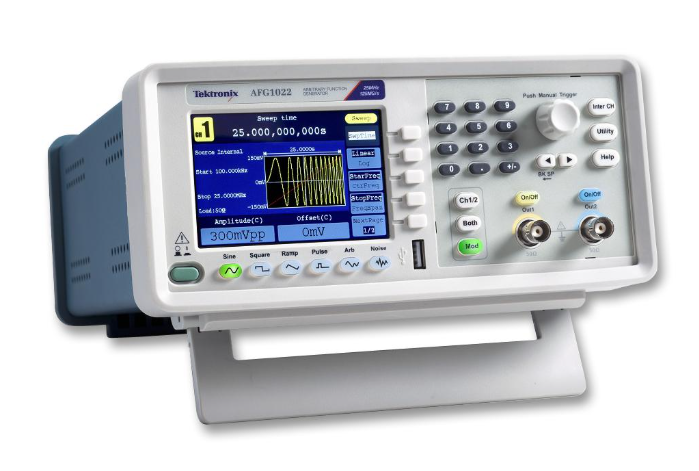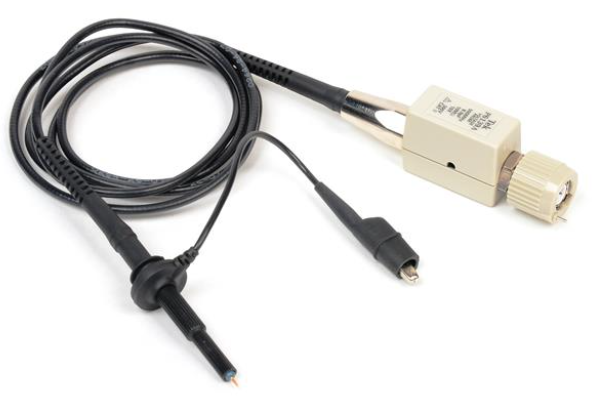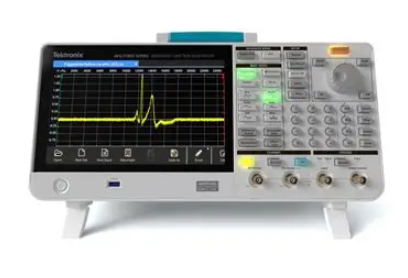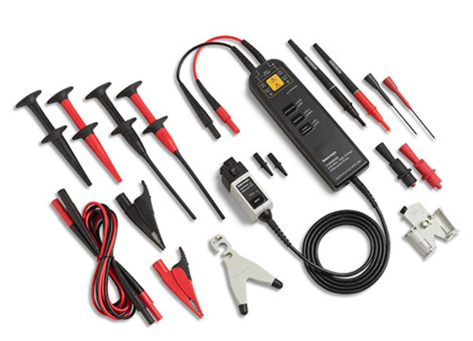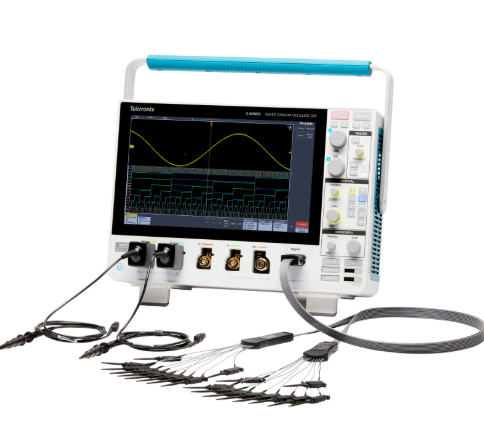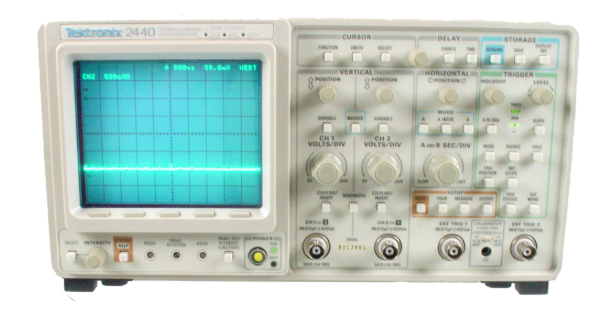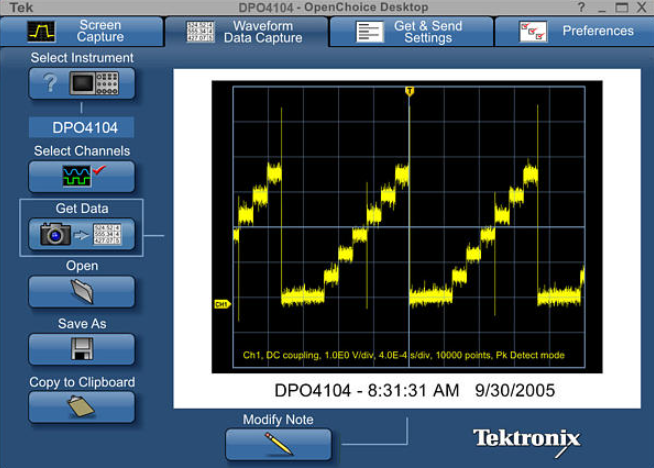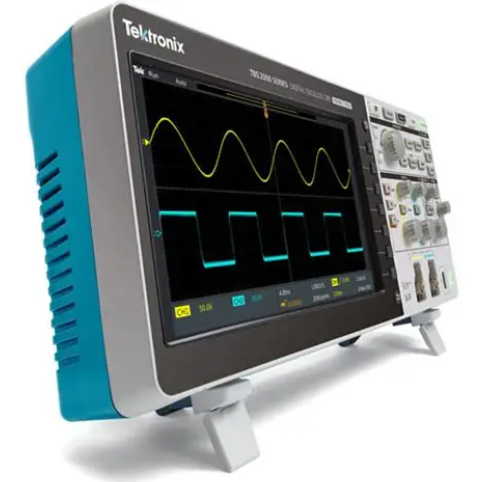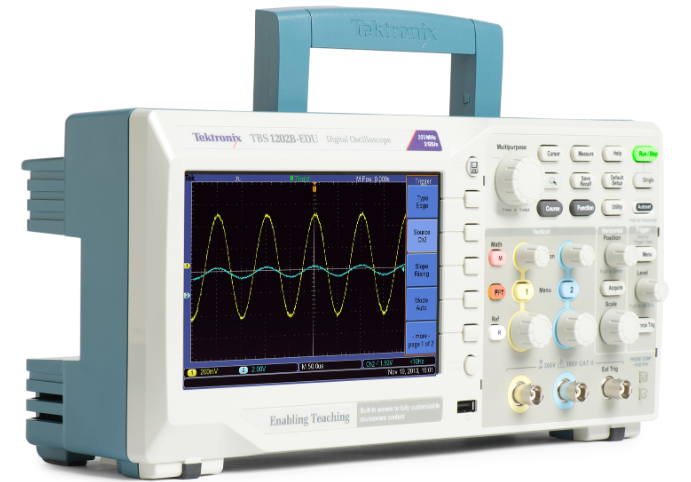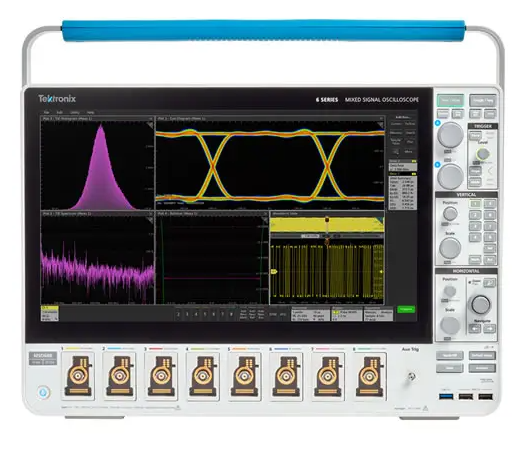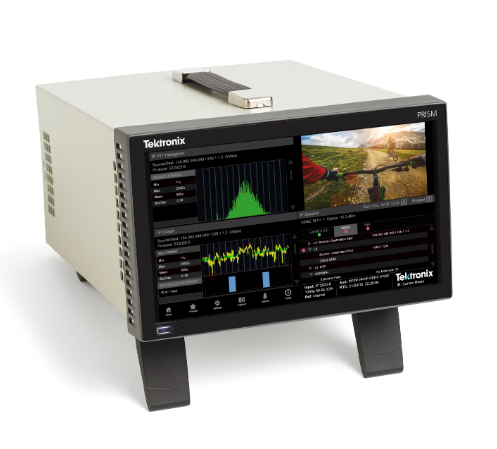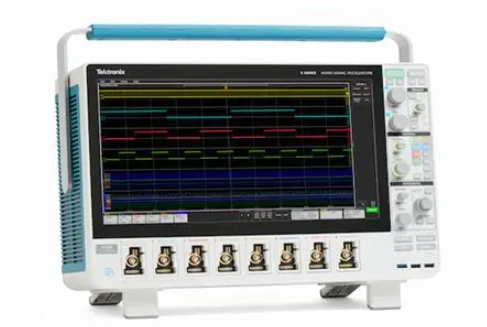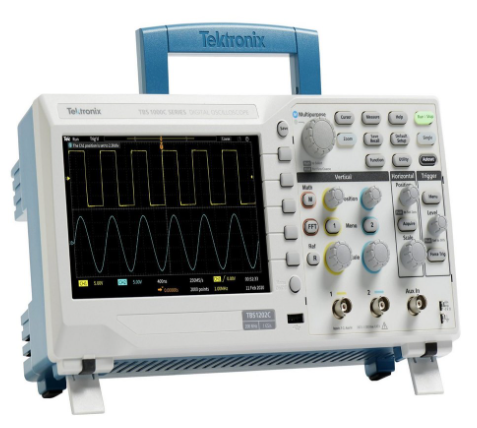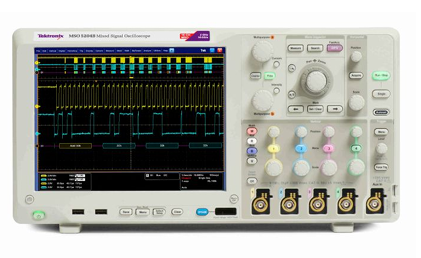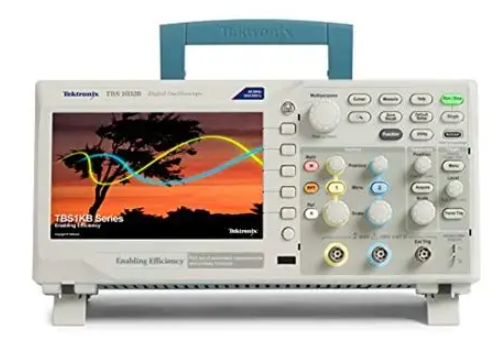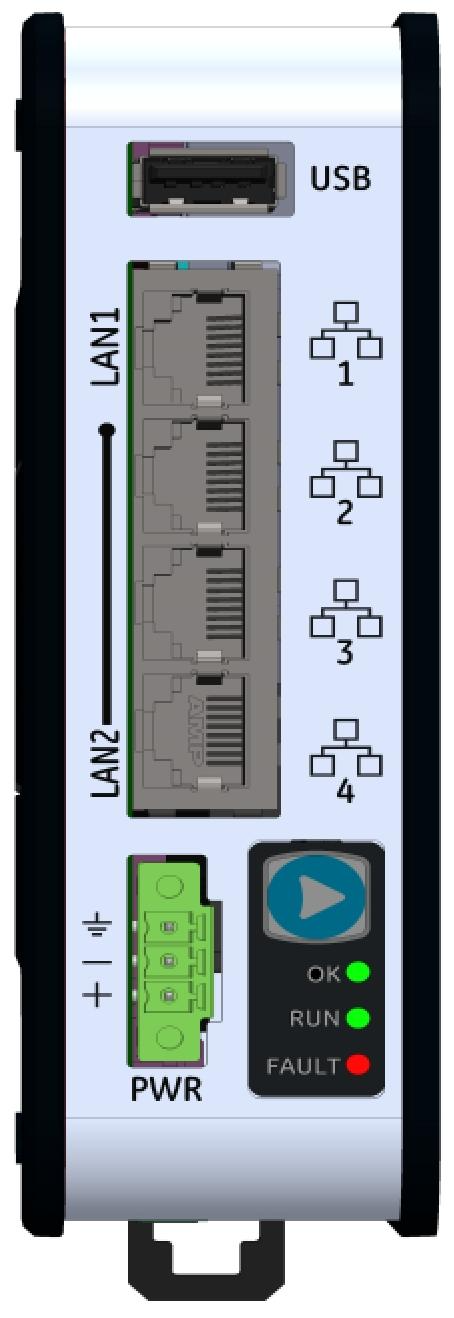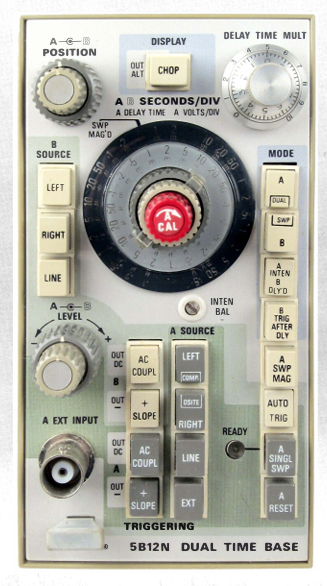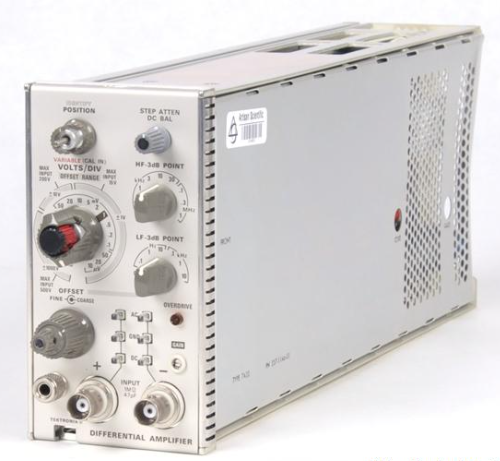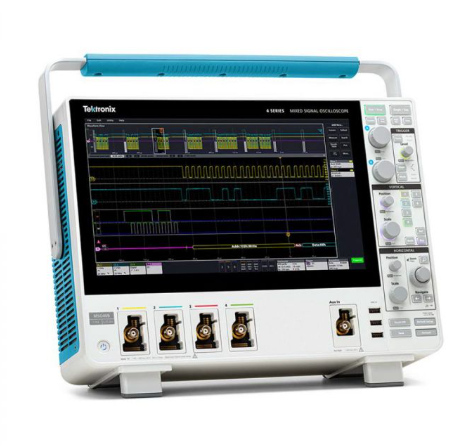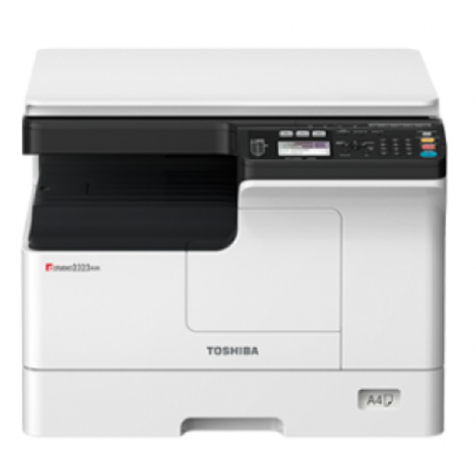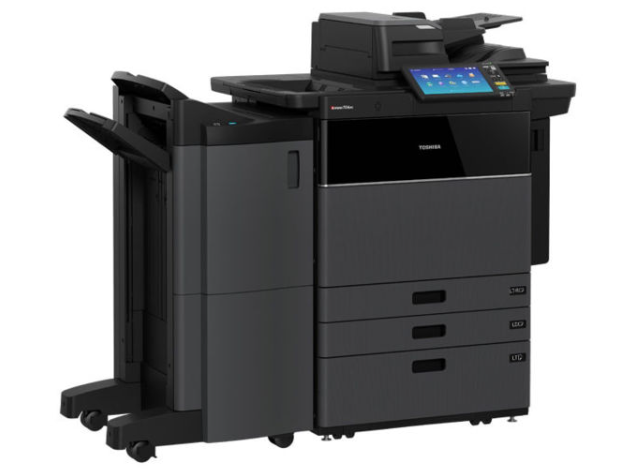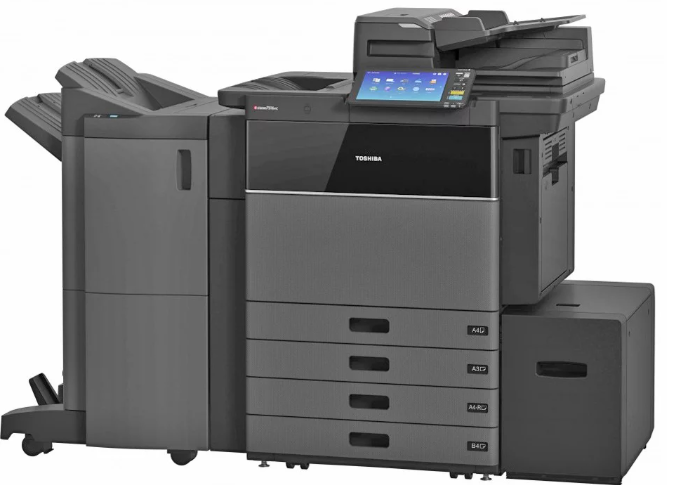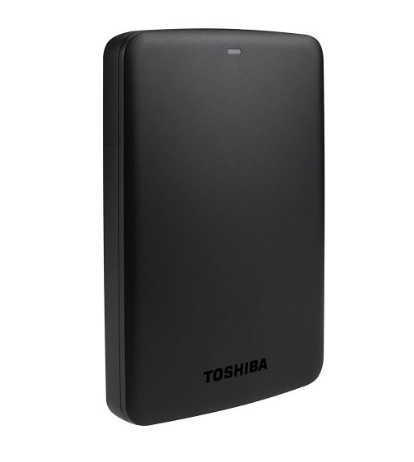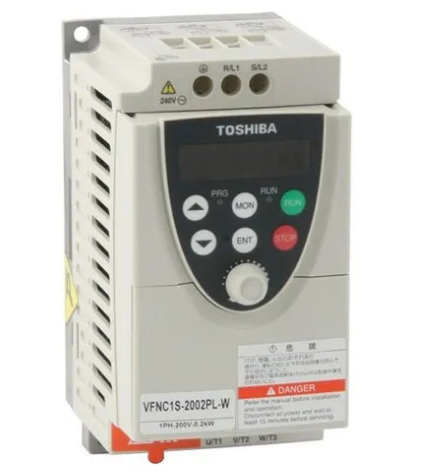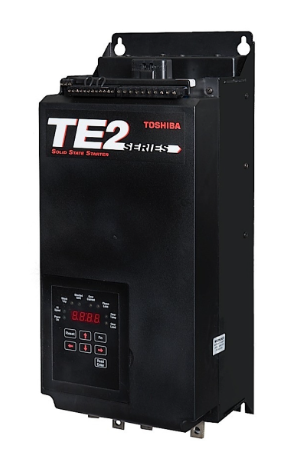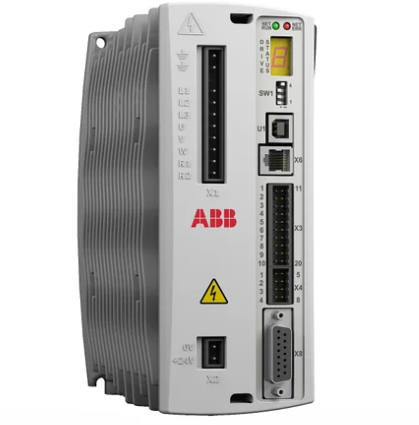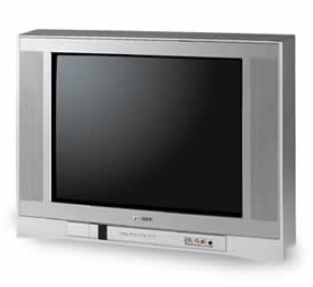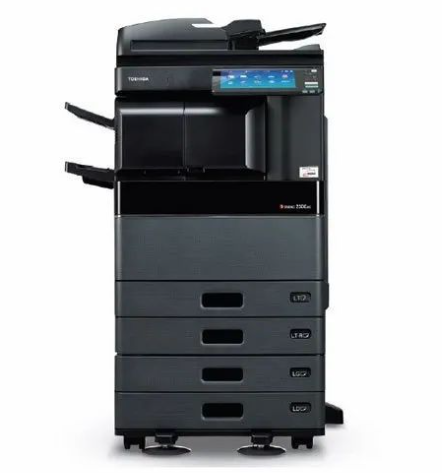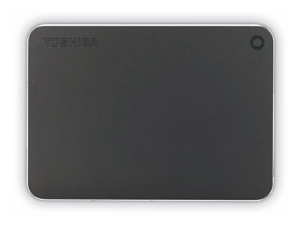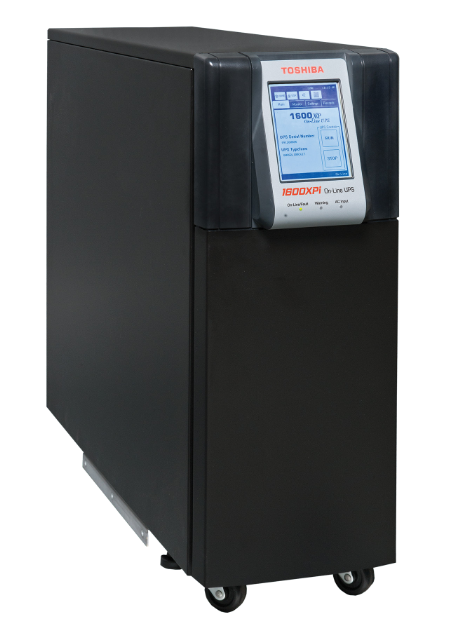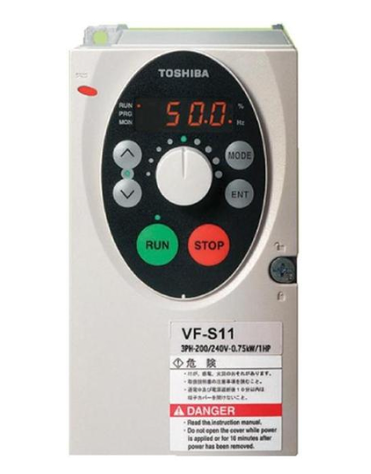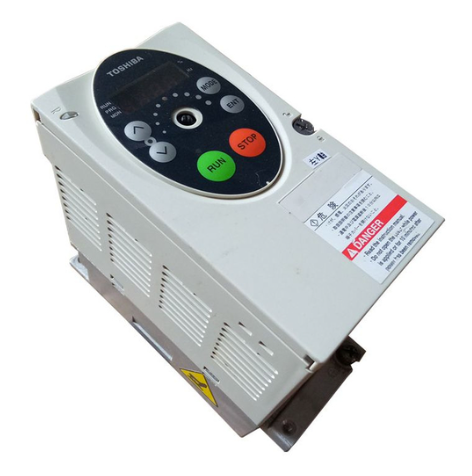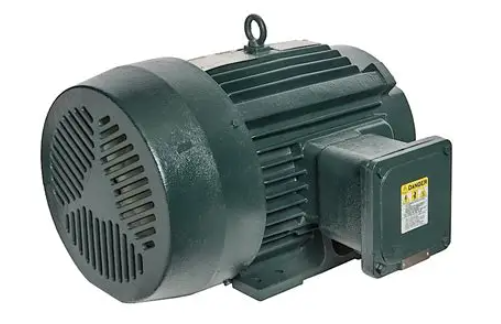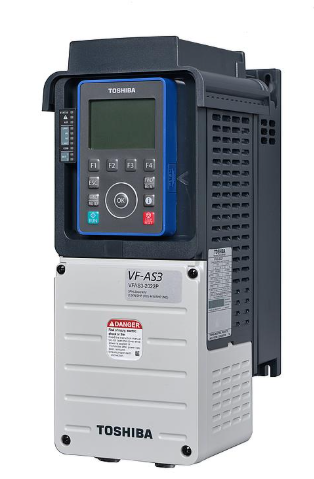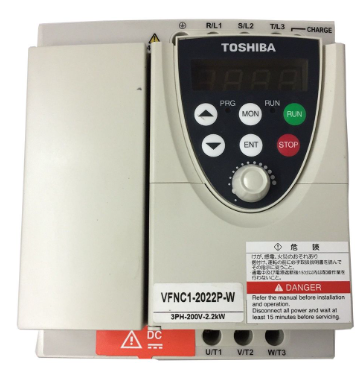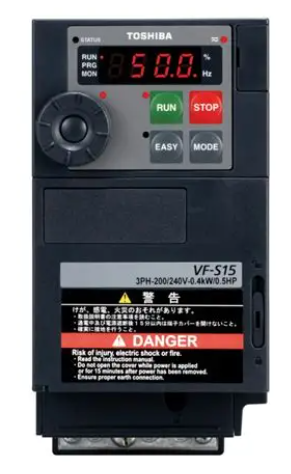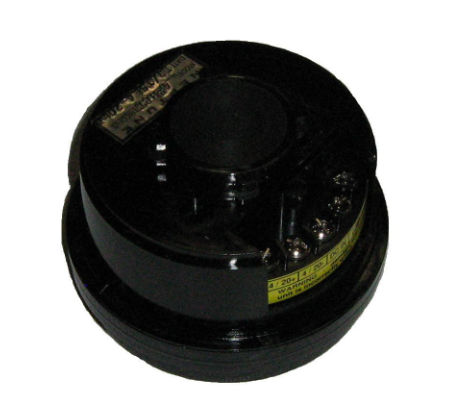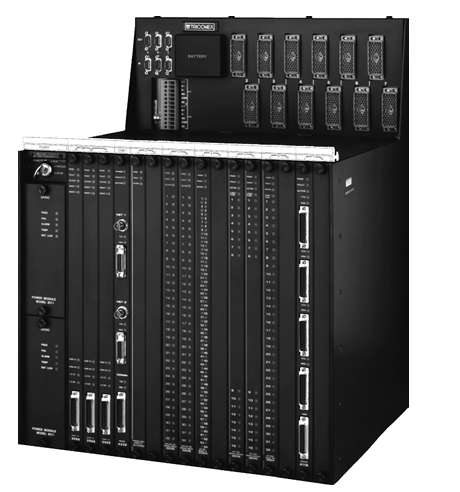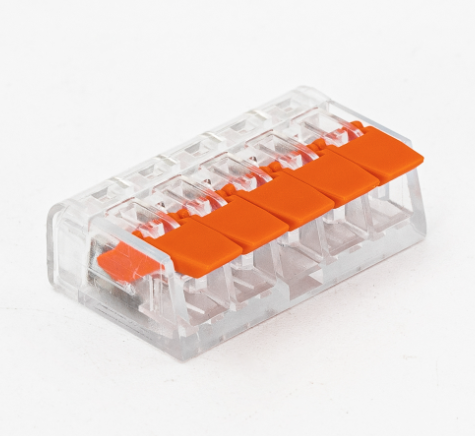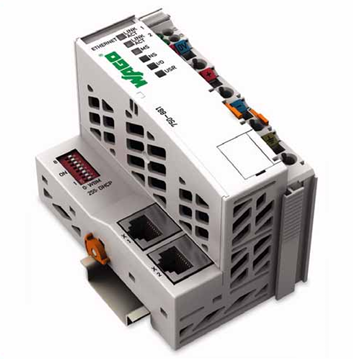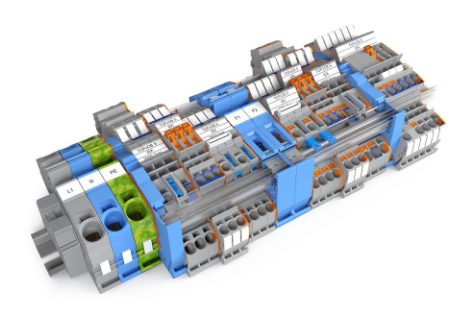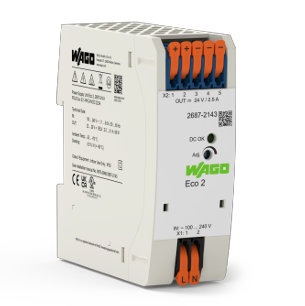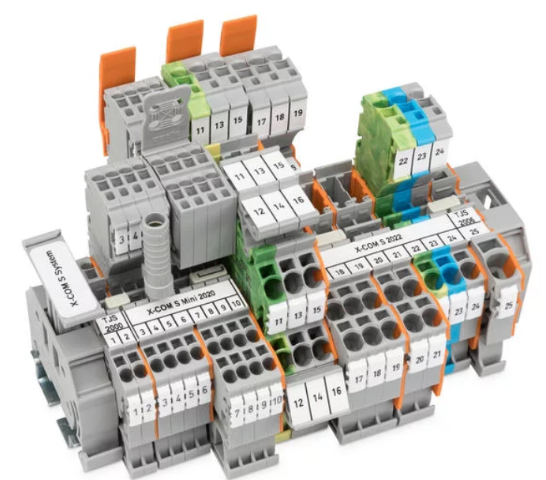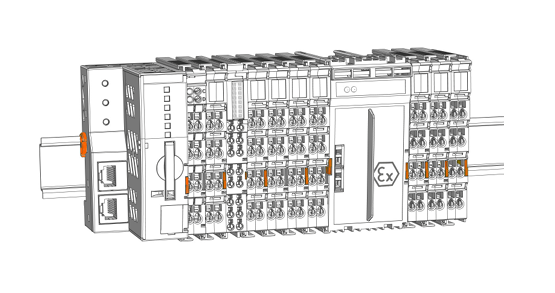

K-WANG


- Telephone:+86-15305925923
- contacts:Mr.Wang
- Email:wang@kongjiangauto.com
Manufacturers
ABB
Model(s)
ABB Advant Controller 31, ABB Advant OCS
Additional Information
We offer a Classic Automation verified replacement battery for this unit. See part number CA-07LE90.
Estimated Shipping Size
Dimensions: 10.0" x 6.0" x 4.0"
(25.4 cm x 15.2 cm x 10.2 cm)
Weight: 1 lbs 2.1 oz (0.5kg )
ABB GJR5253100R0260 07KT98 Advant Controller 31 Basic Unit
Basic information
Model and series: The model GJR5253100R0260 belongs to ABB's 07KT98 Advant Controller 31 series. This indicates that it is a specific product in the Advant Controller 31 series, which plays the role of a basic control unit in the field of industrial automation control.
Place of origin: The place of origin is not known at this time, but ABB, as a global company, manufactures its products to a uniformly high standard of quality and undergoes a rigorous quality inspection process, regardless of the place of origin.
Dimensions and Weight: Measures approximately 10.0 inches by 4.0 inches by 6.0 inches (25.4cm by 10.2cm by 15.2cm) and weighs approximately 1 pound 16.0 ounces (0.9kg). This relatively compact size and moderate weight make it relatively easy to place in a control cabinet during installation and easy to handle during transport.
Performance Features
Processing power and storage capacity
Processing power: Although there is no mention of specific processor parameters, from the point of view of its positioning in industrial control, it should have sufficient processing power to handle complex control logic and data operations. It can efficiently perform tasks such as logic operations, arithmetic operations, data processing to meet the needs of real-time control in the industrial field.
Storage capacity: It usually has a certain capacity of storage area for storing user-written control programmes and related data. This allows users to develop various complex control strategies according to the actual application scenarios, and to store key data during system operation, such as equipment status records and production data.
Communication Interface and Protocol Support
Rich communication interfaces: Equipped with a variety of communication interfaces, such as Ethernet, RS-232, RS-485 and so on. The Ethernet interface can be used for high-speed and stable data transmission, which is convenient for communication with the upper monitoring system or other network devices; RS-232 and RS-485 interfaces can be connected to a variety of devices in the field, such as sensors, actuators and so on.
Protocol compatibility: It supports a variety of industrial communication protocols, such as MODBUS, Profibus and so on. This allows it to work seamlessly with devices from different manufacturers, as long as they follow the same communication protocol. For example, communicating with a temperature sensor for temperature data via MODBUS protocol or working with other controllers or smart devices via Profibus protocol.
Input/Output (I/O) Functions
Variety of I/O channels: A wide range of digital and analogue input and output channels are available. Digital input channels can receive signals such as switch signals, digital sensor signals (such as photoelectric sensors, proximity switches, etc.); digital output channels can be used to control relays, indicators and other devices. The analogue input channels are able to acquire analogue signals (e.g. 4-20mA or 0-10V signals) from sensors such as temperature, pressure, flow, etc.; the analogue output channels can be used to control the operating parameters of control valves, inverters, etc.
Flexible I/O configuration: The functions and characteristics of these I/O channels can be flexibly configured according to specific application requirements. The user can define the function of each channel through software programming or hardware settings (e.g., jumpers, dip switches, etc.), such as configuring an analogue input channel to receive a specific range of voltage signals, or a digital output channel to output a high level under specific conditions.
Reliability and Environmental Resilience
Highly reliable design: The use of high-quality electronic components and advanced manufacturing processes ensures the reliability of the product. In industrial environments, a variety of disturbing factors may be encountered, such as electromagnetic interference, vibration, dust, etc. The controller is able to effectively resist these interferences, reducing the probability of failure and ensuring long-term stable operation.
Wide range of adaptable environments: it can work normally under a wide range of environmental conditions such as temperature range and humidity range. Specific working environment parameters may vary from product to product, but generally speaking, it will take into account the harsh environment that may occur in the industrial field, such as high temperature, low temperature, high humidity, etc., to ensure that the equipment can still reliably carry out the control task under these conditions.
Application Areas
Industrial automation production line: It is widely used in industrial automation production lines such as automobile manufacturing, machining, and electronic manufacturing. For example, in the automobile production line, it can control the action sequence of the robot, the speed and start/stop of the conveyor belt, and the parameters of the welding equipment, etc. It can coordinate the various production links to ensure the efficient and stable operation of the production line, and improve the production efficiency and product quality.
Process control industry: It plays an important role in chemical, petroleum, pharmaceutical and other process control fields. It can be connected to a variety of process parameter detectors, such as temperature sensors, pressure sensors, liquid level meters, etc., real-time collection of process parameter data, and according to the control strategy to control a variety of actuators, such as regulating valves, pumps, etc., to ensure that the production process in a safe and stable conditions, to ensure product quality consistency.
Intelligent Building System: There are many applications in the building automation system of intelligent buildings. It can be used to control the air conditioning system, ventilation system, lighting system, water supply and drainage system and other equipment. Through communication with temperature sensors, light sensors and other sensors, as well as air-conditioning units, lighting fixtures and other actuators, to achieve intelligent regulation of the environment in the building, such as automatically adjusting the air conditioning cooling/heating mode according to the indoor temperature, according to the intensity of light to automatically control the brightness of the lighting, so as to improve the efficiency of the building's use of energy and living comfort.
Energy management system: It also plays an important role in the energy management system of power and energy industries. It can collect energy consumption data, such as data from electric meters, water meters, gas meters, etc., and at the same time control energy equipment, such as adjusting the power of the motor by controlling the frequency converter, so as to achieve the goal of energy saving and emission reduction and optimisation of energy use.
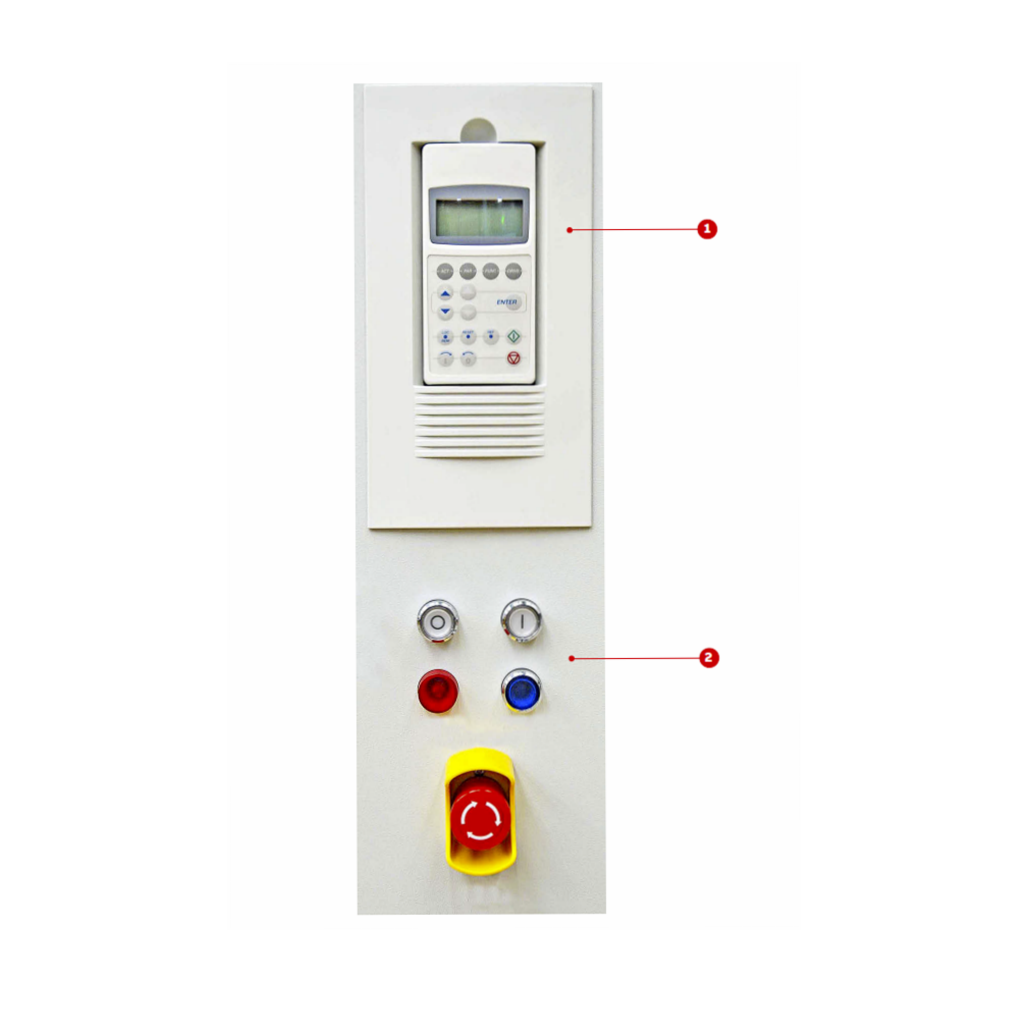
| User name | Member Level | Quantity | Specification | Purchase Date |
|---|






